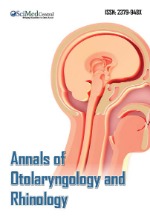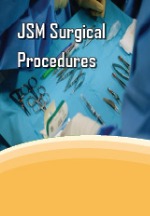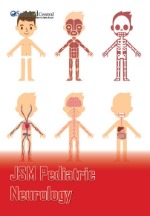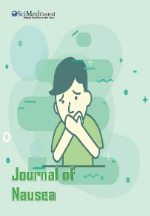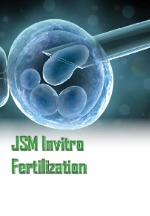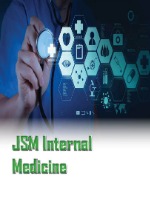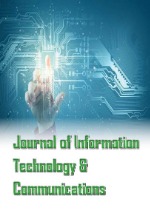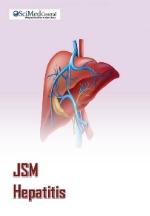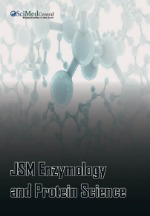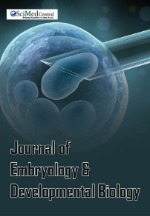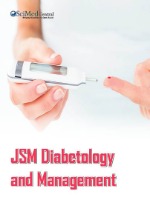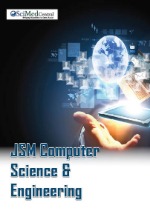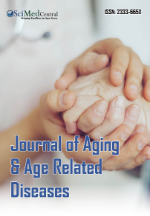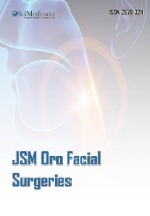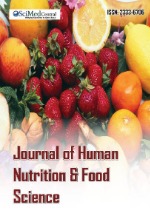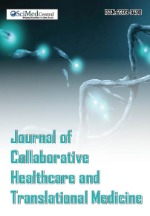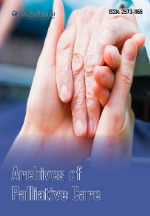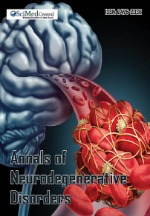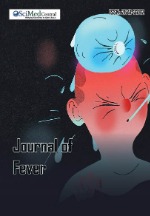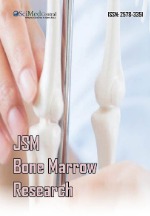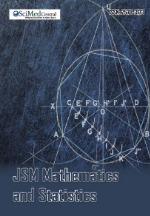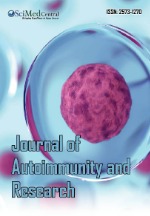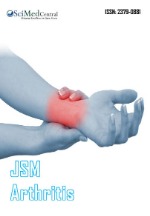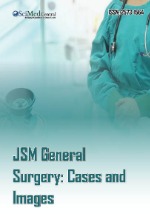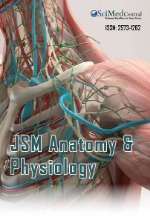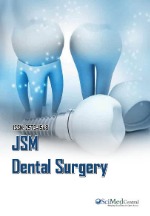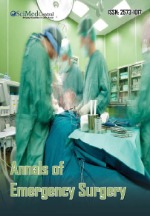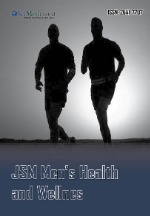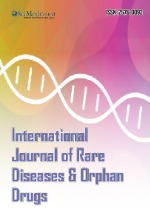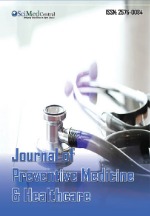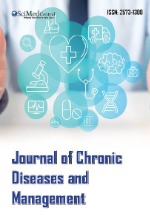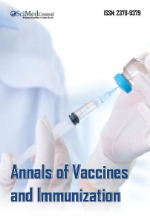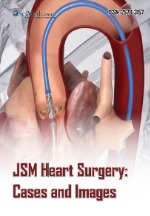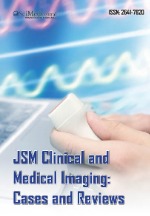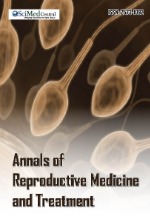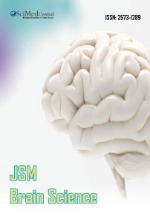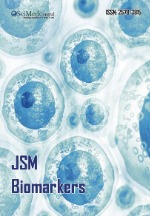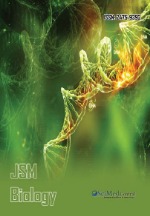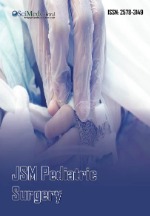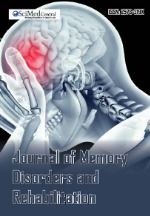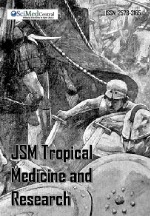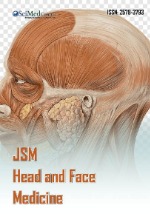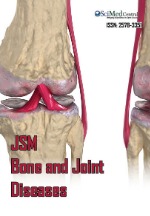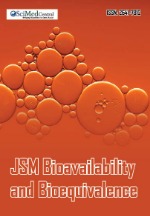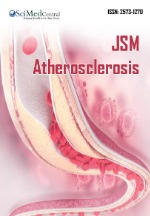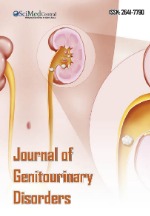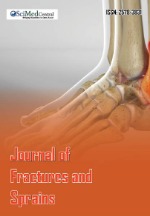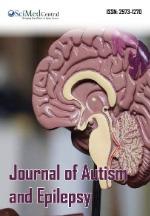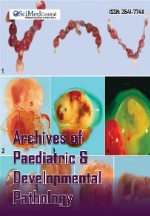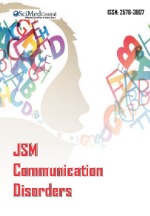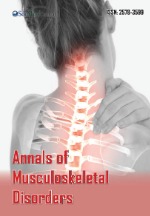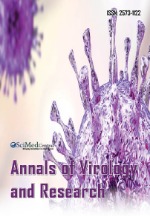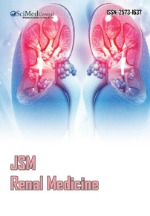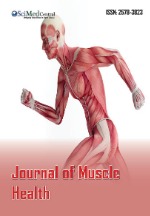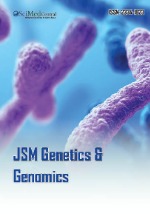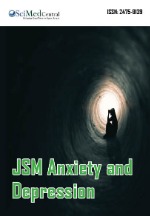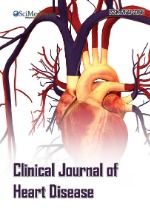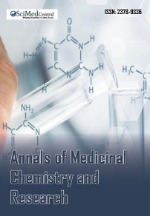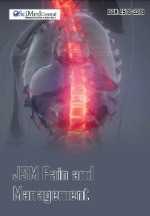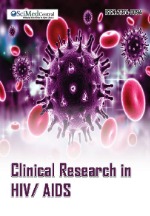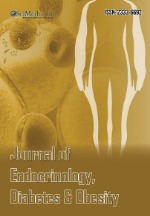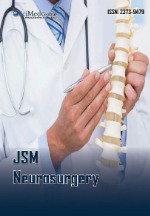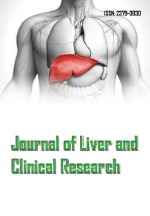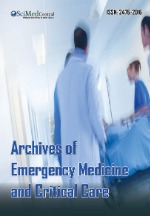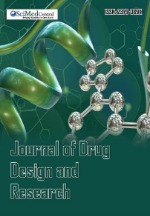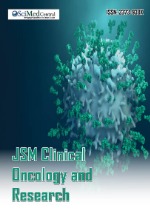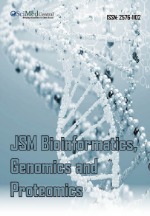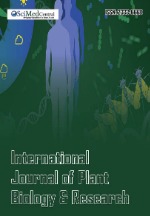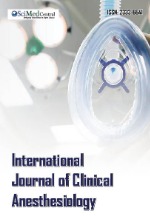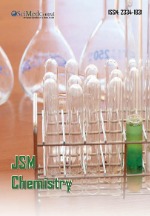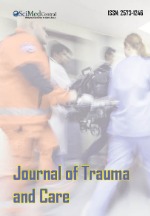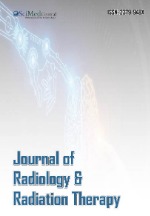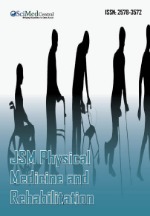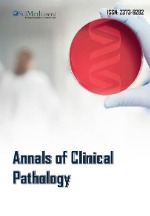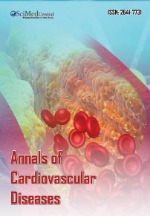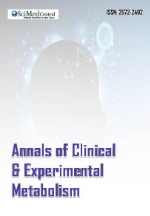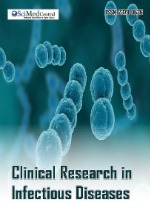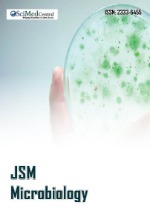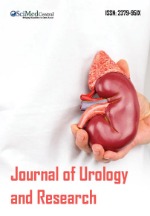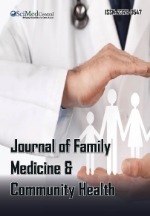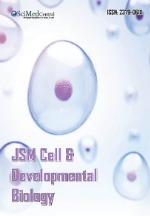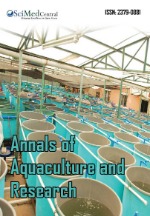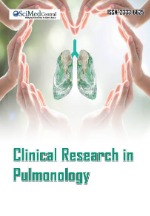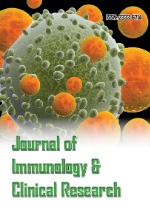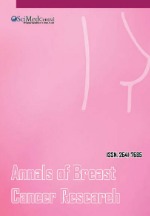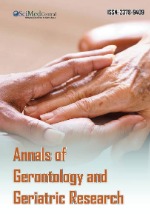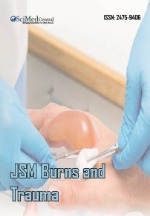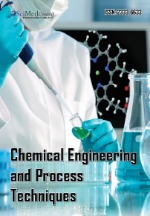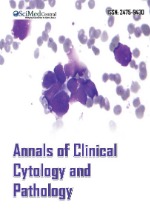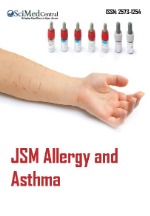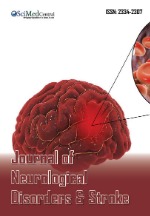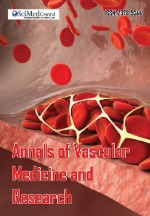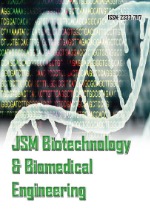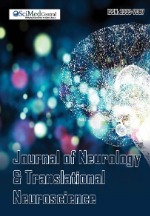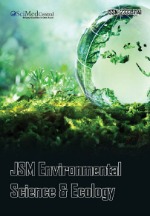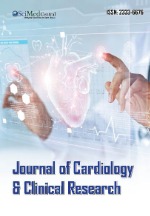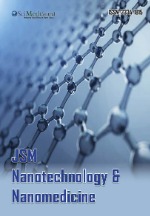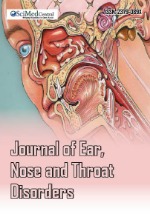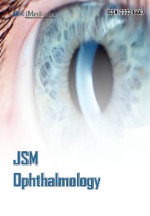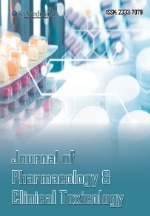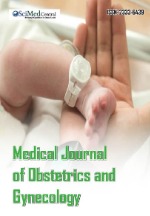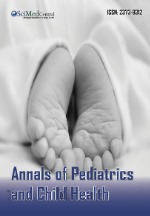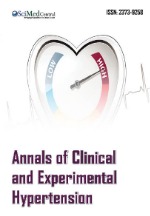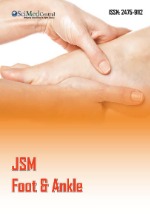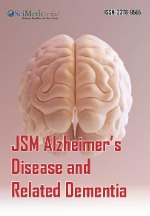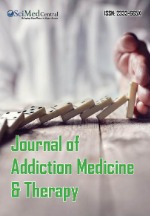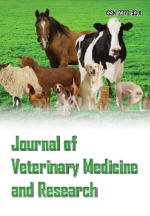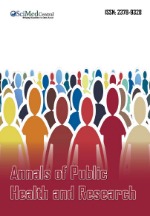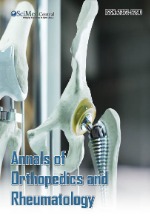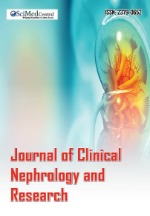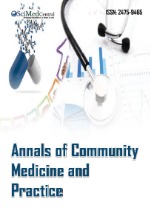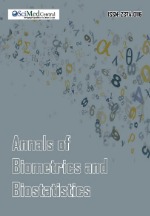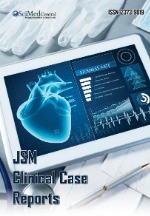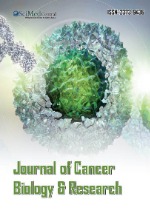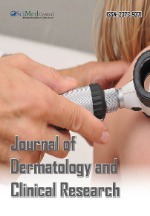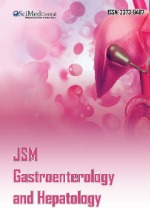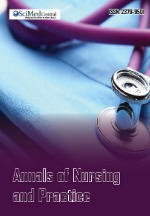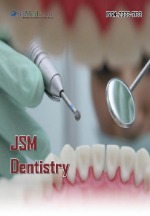Is It Knowledge or Skills? - Education in Transfusion Medicine
- 1. Development of Transfusion Medicine, University of Groningen, The Netherlands
Abstract
Transfusion Medicine is one of the youngest medical branches. The specialty started around 1900 with the discovery of red cell characteristics (blood groups) by Landsteiner and his research group. Although it opened the door to more safe clinical transfusion, the field explored largely the more technical laboratory aspects related to the manufacturing and preservation of blood and blood products and the provider of the human source material, the blood donor. As a consequence, education largely covered these technical elements focusing on laboratory skills, test tube oriented. That raises the question: is it knowledge or the regular skills which are regarded to be the most important?
There is a great variety of educational or learning curricula designed around the technical laboratory aspects of Transfusion Medicine, with little attention to the important aspects of knowledge, the deeper background of theoretical aspects.
Much education or learning is not systematically and nationally organized and often locally provided by non-professional teachers. The data assembled by the World Health Organization and UNDP, but also through surveys conducted by professional associations provide a sad picture that needs focused action of governments particularly in the Low-and Middle-Income Countries (LMICs).
The review illustrates the importance and economy or sharing of knowledge as the driving force in education: awareness and understanding, an education environment and a learning climate under the guidance of the Ministry of Education – policy and strategies, legal system and regulation of the education system to respect recognition of education outcomes and implementation of the required knowledge.
KEYWORDS
- Transfusion medicine
- Education
- Knowledge
- Knowledge economy
- Skills
- Environment
- Climate
CITATION
Sibinga CT (2025) Is It Knowledge or Skills? - Education in Transfusion Medicine. J Hematol Transfus 12(1): 1125.
INTRODUCTION
In the immediate aftermath of World War II the young United Nations passed and documented the Declaration of Universal Human Rights [1], which included e.g., in article 26 the right of education. This article reads: Everyone has the right to education. Education shall be free, at least in the elementary and fundamental stages. Elementary education shall be compulsory. Technical and professional education shall be made generally available and higher education shall be equally accessible to all on the basis of merit.
So what has been achieved since 1948 in education of Transfusion Medicine, in many parts of the world named ‘blood transfusion’. However, the transfusion of blood is the endpoint of the practical vein-to-vein chain in Transfusion Medicine and to come to that endpoint there are many steps to go:
Hospital bedside -
- Diagnosis, indication setting and clinical need assessment documentation (physician);
- Informed consent of the potential recipient (physician);
- Writing a request form and drawing an accompanying venous blood sample for immunohaematology and compatibility testing (physician);
- Documenting diagnosis, indication and blood order in the patient file (physician);
- Cold chain transport to the hospital blood transfusion laboratory (hospital runner);
- Hospital blood transfusion laboratory -
- Receptions and documentation of the requests (laboratory professional);
- Selection of blood components requested (laboratory professional);
- Immunohematological and compatibility testing (laboratory professional);
- Documenting laboratory findings/outcomes (laboratory professional);
- Documented release of the requested blood components (laboratory professional);
- Cold chain transport of the released component and a copy of the documentation to the clinical department (hospital runner);
- Hospital department nurse station and bedside -
- Reception and documentation of the selected blood components and laboratory findings in the patient laboratory file (nurse);
- Informing and preparing the patient for blood transfusion (nurse or physician);
- Controlling, inspecting and matching the selected and compatibility tested blood components with the copy of the laboratory results and the identification of the patient, documentation (nurse or physician);
- Taking vital signs of the patient pre-transfusion (nurse)
- Documenting the preparation results and vital signs in the patient file (nurse);
- Connecting the transfusion giving set and IV saline 17: 0.45% = 0.9% NaCl to the IV needle or indwelling catheter and starting while observing a slow drip (nurse);
- When no adverse event signs start a more rapid transfusion (3-4 hours per red cell unit) (nurse);
- Take vital signs and observe the patient every 15 minutes (nurse)
- Documenting the blood transfusion course and outcome, and vital signs during the course and posttransfusion, in the patient file (physician).
- Decide on next treatment or therapeutic steps and document these in the patient file (physician).
These 21 steps represent the ultimate clinical ‘blood transfusion’ which is always supportive and never curative. The bold steps [11] represent mandatory (quality management) documentation although ‘mandatory’ seems to have different connotations. Of importance are not so much the practical skills but far more the available knowledge through education and knowledge economy – sharing of knowledge [2].
EDUCATION
Gender inequality remains one of the greatest barriers to human development. The average Human Development Index (HDI) [3] for women is 6 % lower than that of men, with countries in the low development category suffering the widest gaps.
Given current rates of progress it could take over 200 years to close the economic gender gap across the planet.
Armed conflicts in many parts of the world remain the norm rather than the exception. Violence not only threatens human security but also erodes development progress. Between 2012 and 2017, the conflicts in Syria, Libya and Yemen contributed to these countries’ slipping down the HDI, due to significant declines in their life expectancy or economic setbacks. It will take years, if not decades for them to return to pre-violence levels of development and that includes education and its necessary legislative rooting, the educational environment and the teaching climate. Afghanistan expelled women from education, a dramatic decision with more than serious consequences.
As our environmental indicators show, today’s progress is coming at the expense of our next generations. A changing climate, massive declines in biodiversity, and the depletion of land and freshwater resources pose serious threats to humankind. They require an immediate and ambitious change in the current production and consumption patterns.
While evidence remains the lifeblood of informed decisions, many policy-makers understandably struggle to know where to turn to for reliable and readily understandable information among the current avalanche of new indices, indicators and statistics. Collecting, integrating and filtering new data are deemed needed to see the bigger picture and develop better and sustainable solutions.
The 2018 Statistical Update of the Human Development Indices and Indicators [4] shows the following picture for education (Table 1) – enrolment rates of school- age populations (%) in the 4 HDI groups for primary, secondary, and tertiary education.
Table 1: UNDP (2018) education enrolment rates of school-age populations (%) in the 4 HDI groups for primary, secondary, and tertiary in-country education.
|
Human Development Groups |
EDUCATION ENROLMENT RATIO |
||
|
|
Primary school- age population (%) |
Secondary school- age population (%) |
Tertiary school- age population (%) |
|
Low HDI |
98 |
43 |
8 |
|
Medium HDI |
110 |
73 |
24 |
|
High HDI |
103 |
96 |
50 |
|
Very-High HDI |
102 |
106 |
72 |
That shows the extreme disparity in the Low- and Medium-HDI countries for the tertiary education and the weak to moderate disparity of secondary and tertiary education for the Medium-HDI category of countries.
Additionally, the education teaching cadre shows a similar pattern with three times as much pupils per teacher in primary schools adding on to the weak levels of knowledge acquisition.
When looking at the expected and mean real years of schooling in the 4 HDI-groups and the Global WHO Regions, the picture is even worse (Table 2),
Table 2: Expected, Mean Real Years of Schooling and percentage of People Schooled/ Educated.
|
|
Expected Years Of Schooling/ Education |
Mean Years Of Schooling/ Education |
% people Schooled/ Educated |
|
HDI-groups |
|
|
|
|
Very High |
16.5 |
12.3 |
74.5 |
|
High |
14.2 |
8,3 |
56.5 |
|
Medium |
11.9 |
6.9 |
57.9 |
|
Low |
9.5 |
4.9 |
51.5 |
|
Region |
|
|
|
|
Europe and Central Asia |
16.4 |
10.6 |
68.8 |
|
Americas and the Caribbean |
14.8 |
9.0 |
60.8 |
|
East Asia and the Pacific |
13.8 |
7.8 |
56.6 |
|
Arab States |
12.4 |
8.0 |
64.5 |
|
South Asia |
11.6 |
6.7 |
57. |
|
Sub-Saharan Africa |
10.3 |
6.0 |
58.3 |
|
Developing Countries |
12.3 |
7.5 |
60.9 |
|
World |
12.8 |
8.6 |
67.2 |
The UNDP uses the word schooling for education because of the paucity of educational environments and teaching climates, which makes education not really attractive.
This Table 2 shows a considerable arrears in the Low- HDI countries and most countries in the South Asia and Sub-Saharan Regions, and the East Asia and Pacific Region, home to some 70% of the global population. Their mean HDI varies from 0.749 to 0.547 with a mean global HDI of 0.732.
Education infrastructure and environment –
A remarkable variety of education systems exists over the world with a relatively similar skeleton and focus on immunohematology and infectious disease testing skills [5]. However, the quality and quantity of theoretical teaching (knowledge exposure and economy) shows an even broader variety and depth of teaching. That means that the theoretical background needed to understand the principles and outcomes of technical skilled work varies considerably.
Due to inappropriate and often obsolete legislation and regulation the education infrastructure at all three fundamental levels (primary, secondary and tertiary) is weak with a cadre that shows in most situations no more than a mediocre teaching development level. The 2018 UNDP Statistical Update [4] reports that the number of schooling pupils per teacher in the Low-HDI countries is at least three fold the number in High HDI countries (41 vs 14), where in Medium-HDI countries the number exceeds 11 more pupils per teacher compared to the High- HDI world. As a consequence each primary school teacher
in the Low- and Medium-HDI world has no more than a limited amount of time available for each pupil. With the low enrolment or inflow rates (Table 1) from the primary to the secondary schooling level (respectively 43% to 73%) and the even lower rates from the secondary into the tertiary or higher teaching level (respectively 8% to 24%), the educational development pyramid is much steeper, so a far less outcome per schooling cycle.
Additionally, the nature environmental issues mentioned in the 2018 report are even moreseriousbecause they affect the structuring and development of educational systems limiting labor and vocational opportunities. This indicates that the existing and traditional education business-as-usual approach should change, particularly in developing countries: different levels of development and contributing differently to environmental degradation or preservation. This situation is more serious in rural areas with often poor infrastructure compared to urban areas which often show different states of security, cleanliness, hygiene, healthcare and comfort.
UNDP analyzed the data and published five important conclusions of which the most important ones are:
- Most people today live longer, are more educated and have more access to goods and services than ever before. Even in Low-HDI countries the overall people’s development has improved significantly.
However, the quality of development reveals still large deficits. Living longer does not self-evidently mean more years spending in education and enjoying life. Being in educational institutions (school, higher education oruniversity) does not automatically translate into more and better capabilities and skills shifting the emphasis to better quality of life, progress and development.
- Disparities between women and men in realizing their full potential, even their basic potential (knowledge and skills) stand as a great barrier to human development progress, holding back half the world’s population. Women face in particular barriers to empowerment all through life in a large part of the world – advanced or underdeveloped.
- Progress in human development cannot be sustained without addressing environmental degradation and climate change, which the recent progress on HDI has exacerbated. For human development to become truly sustainable and with equity, the world needs to break with the many business-as-usual approaches and adopt sustainable production and consumption patterns, whether food, healthcare or anything else,
Recently published surveys among TM personnel and education institutions showed clearly that in the development of education a strong, stable and active political climate and educational environment are extremely important [5-7]. This is specially important for creating and sustaining a quality environment for the implementation of professional education through a well-organized and maintained higher-education (nurses and laboratory professionals) and academic institutions (medical doctors and related academic professionals), a well-educated and trained teaching cadre, and a climate of innovation and sustained development
Education climate –
Education should appeal pupils and students both in- and outside the classroom and educational institute, whether school or any other institute. Pupils and students should feel comfortable, safe, pleasant and at home. Teachers and professors should understand that such climate stimulates teaching outcomes and positive feelings on the learning process. Similarly there should be an education climate in politics and at the Ministry of Education with the understanding of the value of education as an important national investment and asset of the community. The more well- educated people the higher the HDI of the country and the more advancement in the development. Open knowledge economy plays an important role in the quality of communication and mutual understanding and respect, starting with the quality and dedication of primary education and the enrolment into secondary and tertiary education resulting in a feeling of satisfaction and stability in life, personal and in the family It is of importance to have an active and knowledgeable education inspection system, overseeing and regulating the national contextual diversity of the education system at all levels in a competent way.
Such education climate will attract and contribute to sustainability and a knowledge oriented attitude or curiosity. It stimulates the acquaintance of a knowledge wealth or richness and intellectual strength necessary for ongoing improvement, innovation and progression both at political level and in the active schooling period. An important element is continuous education at all levels and in particular continuous professional development (CPD) [8].
Need for a model –
If governments take the initiative on the infrastructure and enabling environment and climate for ICT-assisted learning, then secondary education based educational institutions like vocational schools, colleges and universities and their staff can concentrate on attractive, stimulating and practical education experience for their students and fellows. That means that the Ministry of Education has to guarantee formal recognition and license through policy making and overall supervision and control of education quality and quantity.
Based on a series of WHO informal consultations in the 1990s and a 2008 formal recommendation of the WHO Global Collaboration for Blood Safety (GCBS) a framework or model [9-13] recognized in the late 2010s [14] that no one set of teaching (knowledge) or training (skills) initiatives will be appropriate for every country. It should be tailored to the specific situation based on assessment of local needs and developmental status.
DIFFERENCE BETWEEN KNOWLEDGE AND SKILLS
A well-educated, knowledgeable and skilled population is essential to the efficient creation, acquisition, dissemination and utilization of relevant knowledge, which tends to increase total and quality of productivity and hence economic growth and prevention of shortages and poor quality [15].
Basic or primary education is necessary to increase peoples’ capacity to learn and to use information: skills.
Secondary-level education is required for the process of technological adaptation of foreign and new technologies for use in domestic production processes such as the manufacture of blood products and the laboratory testing for safety and quality.
Technical secondary education, and higher education in engineering and scientific areas is necessary for technological innovation and development. The production of new knowledge and its adaptation to a particular economic setting is generally associated with higher-level teaching and research.
Such education is necessary to monitor technological trends, assess what is relevant for the blood supply, and assimilate new technologies.
The tertiary academic education is more knowledge oriented but also provides the skills to communicate and economically provide and use knowledge – knowledge economy.
A more educated (secondary and tertiary) population tends to be relatively more technologically sophisticated and competent. This generates a local quality sensitive demand for advanced blood products - safe and effective, which in turn tends to stimulate blood establishments to innovate and design technologically sophisticated products and production techniques such as pathogen inactivation and cellular therapies
In summary, knowledge is paramount to come to the practice of skills at a better level, more efficient and to the purpose. Skills are usually in craftmanship and manual but may also be intangible in the way one communicates and shares knowledge – knowledge economy.
HE IMPACT OF DYNAMICS ON TRANSFUSION MEDICINE EDUCATION
The continuing dynamics in the development of transfusion medicine follow a system based on knowledge and advanced skills or technologies. An effective innovation system is one that provides an environment and climate that nurtures research and development (R&D), which results in new products and services, new processes and new knowledge, and hence is a major source of technological progress and development. Currently, the majority of technical knowledge is produced in the advanced countries: more than 70% of production of scientific and technical publications are accredited to researchers in advanced countries. The disparity in the production of technical knowledge per capita between advanced and developing countries is even greater than the disparity in income. However, domestic technological innovation is not the sole source of generation of technical knowledge. There are many ways for developing countries to avoid reinventing the wheel and tap into, adopt and adapt technical knowledge that was created in advanced countries. A key element of a developing country’s innovation strategy is to find the best ways to tap into the growing global knowledge base and to decide where and how to deploy its domestic R&D capability to strengthen existing systems and structures, and accelerate the pace of development. To turn this into reality, a well-designed infrastructure based on a sustainable governmental policy and legislative framework together with good governance, stewardship and care focus on patients and the epidemiology of transfusion demanding diseases, is required. This has been advocated by WHO since 1975 [16], and recently strengthened with the provision of the Action Framework to Advance Universal Access to Safe, Effective and Quality-Assured Blood Products 2020-2023 [17 ], a knowledge-based skills-oriented Guidance series and an excellent supportive Guidance to Identify Barriers in Blood Services Using the Blood System Self-Assessment (BSS) Tool [18] with a Web annex the Blood System Self-Assessment tool [19] which has been designed with the help of the Boston Consulting Group (BCG) and the financial support of the recently endangered USAID.
CONCLUSION AND RECOMMENDATIONS
To develop quality skills one needs knowledge. To come to applicable knowledge, a well-designed national outcome-oriented education structure from policy to outcome, implemented through a well-designed and sustained education environment and education climate is needed. The most important key elements are
- A well-constructed and sustained government- supported system with a workable environment and an attractive and conducive climate;
- A well-balanced and designed education scope and quality of knowledge;
- Intellectual property, stewardship and ownership.
The available and expanding knowledge in the broad and comprehensive sense of the word should actively and purposeful be shared and exchanged through integrity- based collaboration and cooperation, away from dubious charity and knowledge colonialism. The quantitative statistical data presented by UNDP, whatever the reality of the quality of these data, unveil the enormous differences in UNDP indices and indicators state of development brought about by weak and brittle governance, regulations, leadership and stewardship structures and cultures in an impressively large part and population in the world.
The elements need a high, sustained and devoted prioritization in the development to which economic spending, sharing and exchange of knowledge is paramount followed by the related technical, communication and social skills. The economy is not in the first place financial, but depends on a broad awareness and understanding of those who have the knowledge, willing to share and exchange (knowledge economy), and convinced that such attitude is the intellectual property to development and progress improvement of existing skills.
REFERENCES
- United Nations. Universal Declaration of Human Rights.
- Smit Sibinga CTh, Al-Riyami AZ, Oladejo MA, Kajja I. Poor Economics – Knowledge Economy and the Existing Knowledge Gaps (Higher and Academic Education) in Healthcare; How to Overcome? Econ J Knowledge Managem. 2022; 20: 17-26
- UNDP: Human Development Index. 2025.
- UNDP. Human Development Indices and Indicators. 2018 Statistical Update.
- Rambiritch V, Vermeulen M, Bell H, Knox P, Nedelcu E, Al-Riyami AZ, et al, on behalf of the Education Subcommittee of the AABB Global Transfusion Forum. Transfusion medicine and blood banking education and training for blood establishment laboratory staff: A review of selected countries in Africa. Transfusion 2021.
- Panzer S, Engelbrecht S, Cole-Sinclair MF, Wood E, Wendel S, Biagini S, et al. Education in transfusion medicine for medical students and doctors. Vox Sang 2013; 104: 250-72
- Al-Riyami AZ, Louw VJ, Indrikovs AJ, Nedelcu E Bahktary S, Eichbaum QG, et al. on behalf of the Education Subcommittee of the AABB Global Transfusion Forum. Global survey of transfusion medicine curricula in medical schools: Challenges and opportunities. Transfusion 2021; 6: 617-26
- Louw VJ. A Model for the Academic Development and Implementation of a Postgraduate Diploma in Transfusion Medicine in the School of Medicine at the University of The Free State. PhD HPE academic thesis Division Health Sciences Education, Faculty of health sciences, university of The Free State, Bloemfontein South Africa. 2010
- WHO. Report Informal Consultation on Assessment Training in Transfusion Medicine 1991. WHO_LBS_92.6, 1992 Geneva, CH.
- WHO. Report Informal Consultation on Collaboration in Training in Transfusion Medicine 1991. WHO_LBDS_92.7. 1992, Geneva CH.
- WHO. Report Informal Consultation to Develop a Global Strategy on Education. 2004. Geneva CH
- Strategy for Education and Training in Blood Transfusion at Global, Regional and National Level. Blood Transfusion Safety Department of Essential Health Technologies. WHO, Geneva CH 2006.
- Global Collaboration for Blood Safey (GCBS): General Report 2008, WHO, Geneva CH
- Smit Sibinga CTh, Louw VJ, Nedelcu E, Al-Riyami AZ, Bakhtary ST, et al. on behalf of the Subcommittee on Education of the AABB Global Transfusion Forum. Modeling Global Transfusion Medicine Education. Transfusion 2021; 61: 3040-49.
- Smit Sibinga CTh, Abdella YE. Knowledge Economy and Its Impact on the Development Progress of Transfusion Medicine in Poor Economic Nations. In: Piagessi D, Landazuri H, Jia Bo, eds. Cases on Applying Knowledge Economy Principles for Economic Growth in Developing Nations. IGI Global Publ. Hershey PA. Chapter 4, pp56-68
- World Health Assembly (WHA). Resolution 28.72 Blood Safety and Availability. 1975.
- WHO. Action Framework to Advance Universal Access to Safe, Effective and Quality-Assured Blood Products. 2020-2023. Geneva, World Health Organization 2023. Licence: CFC BY-NC-SA 3.0 IGO
- WHO. Guidance to Identify Barriers in Blood Services Using the Blood Self-Assessment (BSS) Tool. Geneva, World Health Organization 2023. Licence: CFC BY-NC-SA 3.0 IGO
- Web Annex Blood System Self-Assessment. In: Guidance to Identify Barriers in Blood Services Using the Blood Self-Assessment (BSS) Tool. Geneva, World Health Organization 2023. Licence: CFC BY-NC- SA 3.0 IGO.


